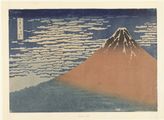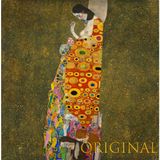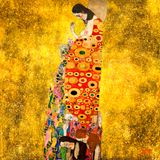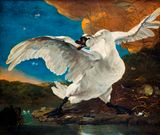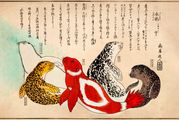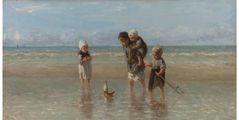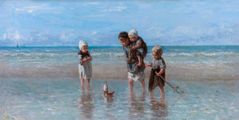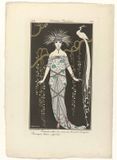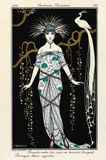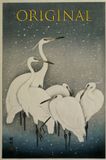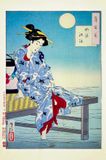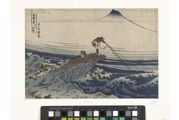HOW IT'S MADE
Colorization, Restoration
& Design
Digital Restoration
Artwork restoration comes in two main forms: physical restoration of the original painting and digital restoration.
Digital restoration utilizes programs like Adobe Photoshop, Illustrator, and Lightroom, replacing traditional brushes and varnishes. Alongside other upscaling software, these tools breathe new life into classic artworks. Once digitally restored, the artwork is printed on high-quality fine art paper, making it accessible to a broader audience.
The process of digitally restoring old artworks encompasses a variety of mediums, from etchings and monographs to engravings and prints. The ultimate goal is to restore them to their original appearance by removing dust layers, enhancing contrast, adjusting light exposure, and repairing any damage. This restoration process serves two primary objectives: preserving the historical significance of the artwork and making it accessible for everyone to own and appreciate.
In the following gallery you can see the difference between the original work that is available on the Rijksstudio, Library of Congress Databank or the British Digital Library.
